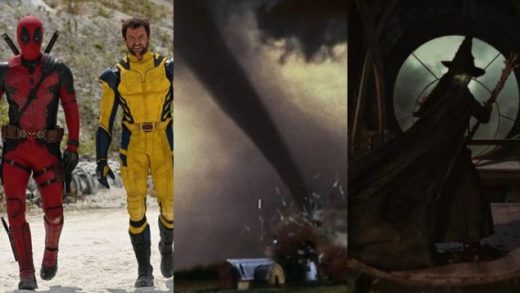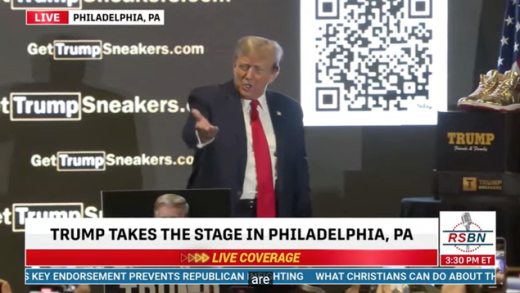Amazon’s Project Zero is the company’s first real attempt to remove all counterfeit listings from the Amazon marketplace. But how does Project Zero work, and how will it affect customers like you?
Wait, There are Counterfeits on Amazon?
It sounds strange, but there’s a massive counterfeit market on Amazon. And whether you realize it or not, there’s a chance that you’ve bought a fake product through the retailer at some point.
Amazon, unlike stores like Target and Best Buy, relies heavily on 3rd party sellers for product listings and fulfillment. These sellers aren’t affiliated with the brands that they sell, but according to Jeff Bezos, their listings make up half of the items sold on Amazon.
Many of your Amazon purchases have probably come from 3rd party sellers, whether you’ve realized it or not. Instead of dividing each seller into their product page (like eBay), Amazon compiles all listings into a single product page. A listing for an Apple Lighting Cable, for example, may be fulfilled by dozens of different sellers, including Apple. You can check whether a product comes from Amazon or a third-party seller on the product page.
This system allows Amazon to keep prices low, and it’s a backbone of Amazon’s super-fast fulfillment system. But, as you can imagine, it allows a lot of fraudsters and counterfeiters to piggyback on genuine product listings.
Amazon has some anti-counterfeit measures in place, but they don’t work that well. The review process at Amazon is surprisingly slow, and it relies almost entirely on user feedback. Not to mention, this review system sometimes works in favor of fraudsters by banning “suspicious” users.
As a result, there are a lot of fake products on Amazon. The Counterfeit Report estimates that 13% of the products sold on Amazon are fakes. To put things in perspective, Amazon sold around 5 billion products in 2014.
This counterfeit problem is harmful to customers, popular brands, and Amazon. Some consumers won’t shop on Amazon because of counterfeits, and some brands outright refuse to list their products on the website. Last year, a deal between Amazon and Swatch Group (a Swedish Watch conglomerate) fell apart because of counterfeiters. Nick Hayek, the Swatch Group CEO, claimed that Chinese company Alibaba has better anti-counterfeit measures than Amazon. Ouch. The Swatch Group has reluctantly turned around, but only sells a select batch of watches on Amazon.
You Can’t Buy Everything on Amazon
You can buy just about anything on Amazon—except for luxury clothes and apparel. Branded clothes, watches, handbags, perfumes, hats, and sunglasses have a notorious counterfeit market. Since Amazon relies heavily on 3rd party sellers, luxury brands are reluctant to list their products on the website.
Read the remaining 23 paragraphs
Source : What Does Amazon’s “Project Zero” Anti-Counterfeiting Plan Mean for You?











